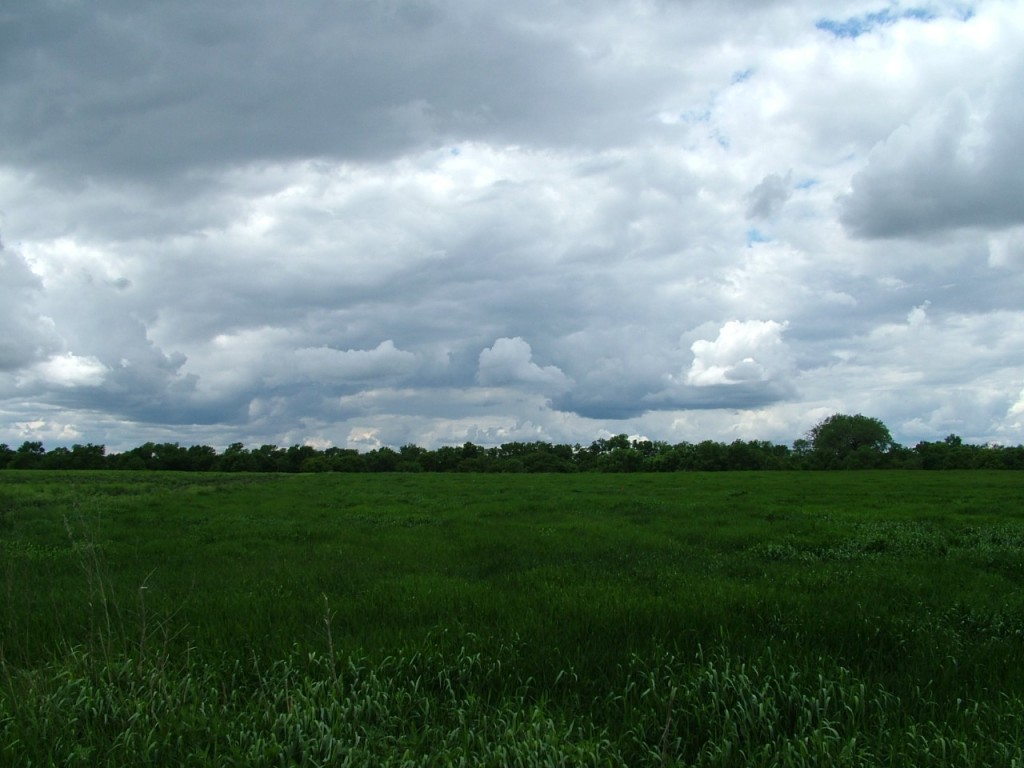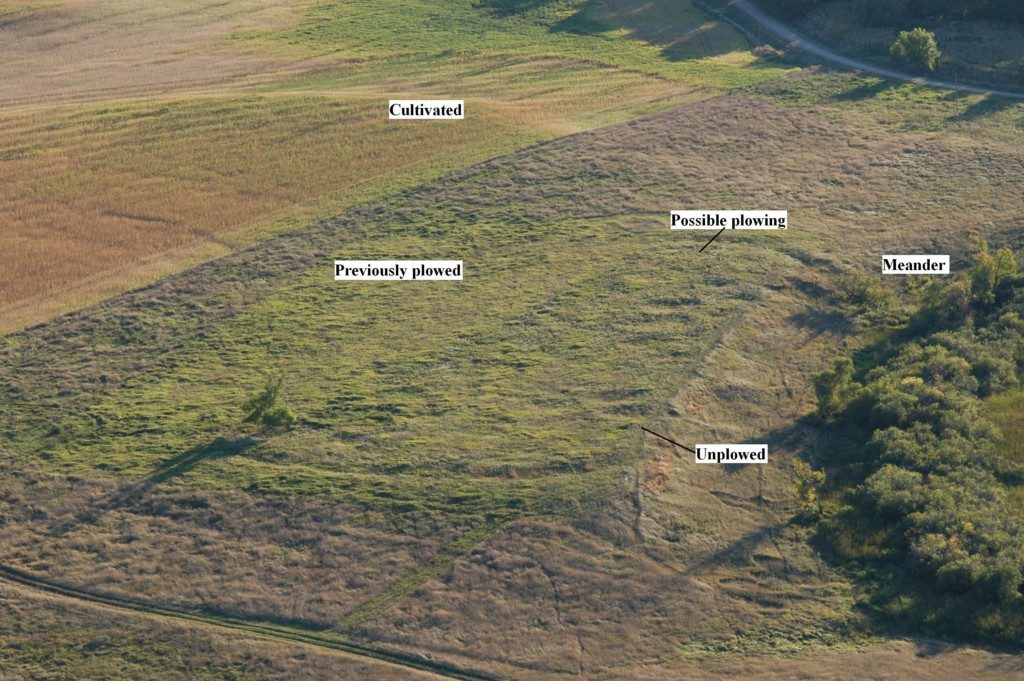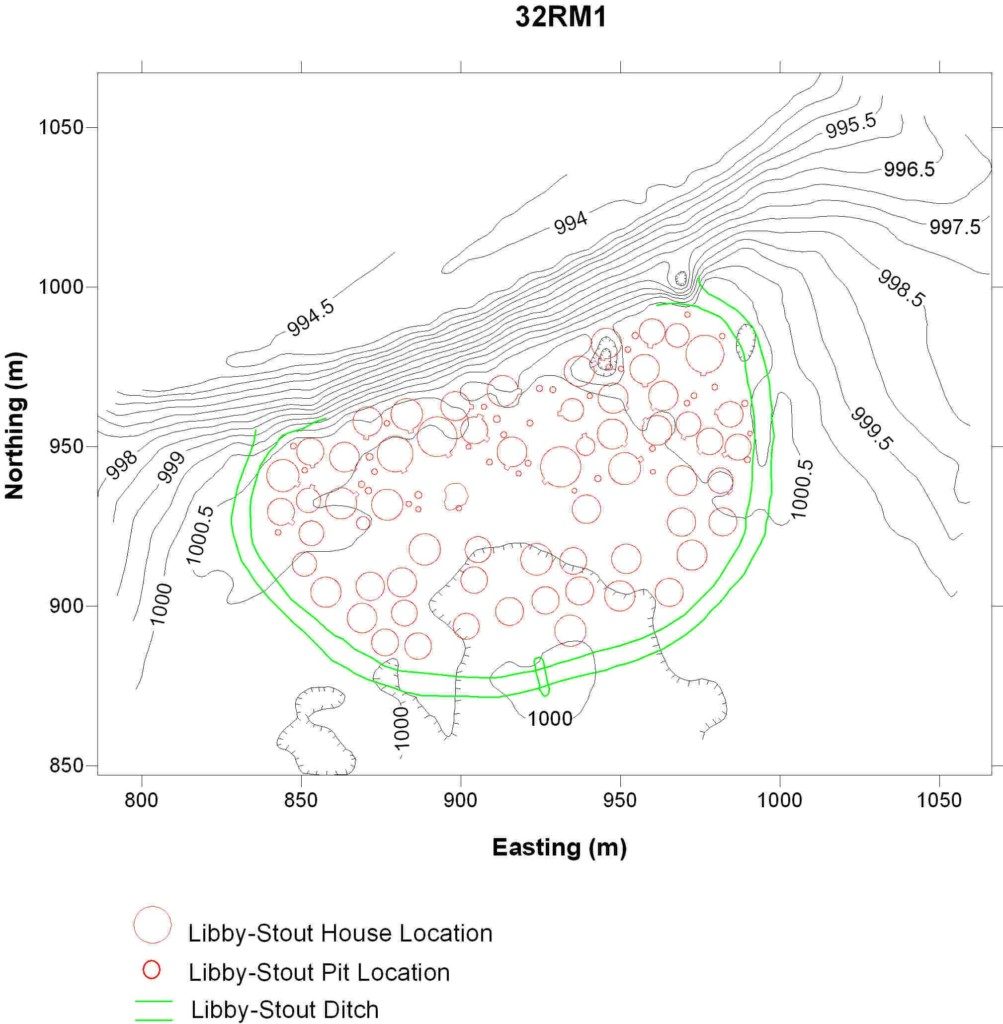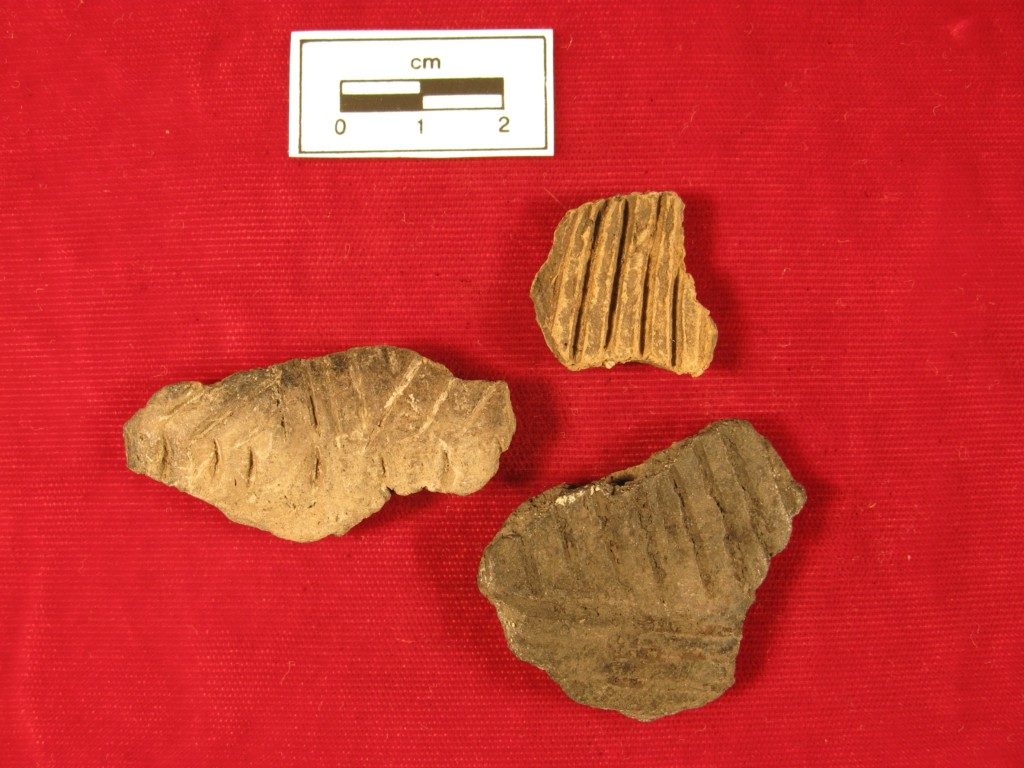January 2017
WASHINGTON – As the National Park Service enters its second century of service and strives to tell a more inclusive and diverse story of America’s history, U.S. Secretary of the Interior Sally Jewell today announced the designation of 24 new National Historic Landmarks.
The Archaeological Conservancy is proud to join in announcing that the earth lodge village of the Biesterfeldt Site, North Dakota, originally protected and preserved by the Conservancy, is among this new group of National Historic Landmarks.
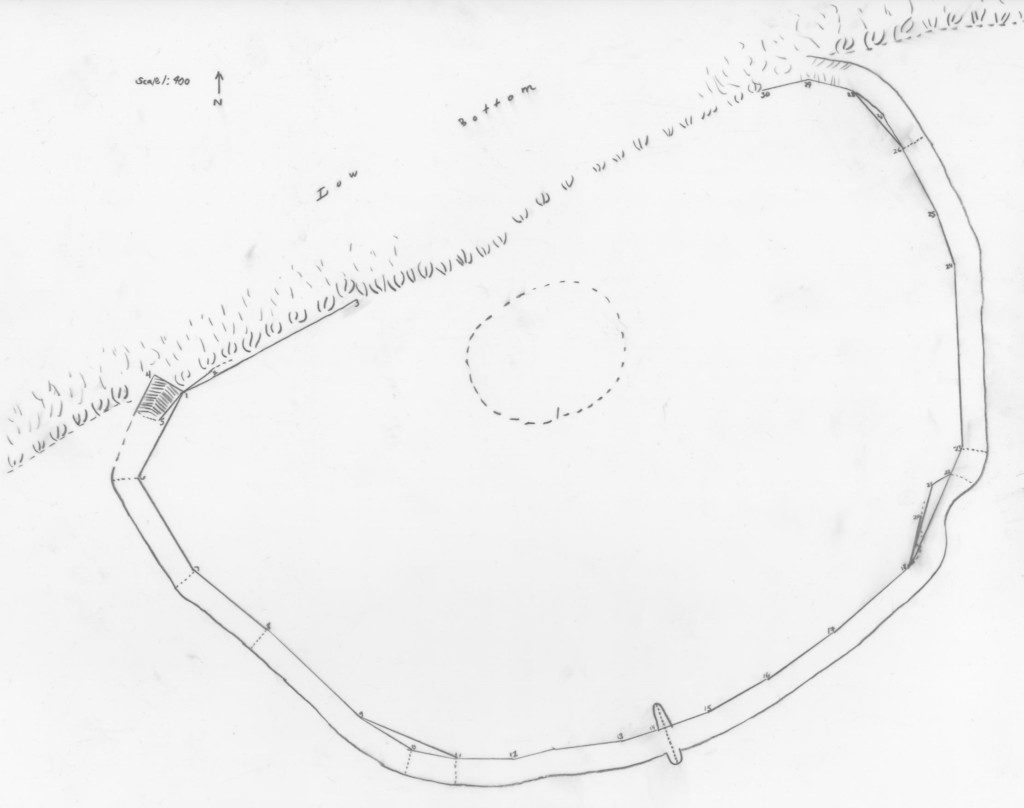
Copy of Lewis 1890 map of the Biesterfeldt site. Adapted from a copy available at the State Historical Society, Bismarck.
The National Historic Landmarks Program recognizes historic properties of exceptional value to the nation and promotes the preservation efforts of federal, state, and local agencies and Native American tribes, as well as those of private organizations and individuals. The program is one of more than a dozen administered by the National Park Service that provide states and local communities technical assistance, recognition and funding to help preserve our nation’s shared history and create close-to-home recreation opportunities.
“These 24 new designations depict different threads of the American story that have been told through activism, architecture, music, and religious observance,” said Secretary Jewell. “Their designation ensures future generations have the ability to learn from the past as we preserve and protect the historic value of these properties and the more than 2,500 other landmarks nationwide.”
If not already so recognized, properties designated as National Historic Landmarks are listed in the National Register of Historic Places.
“As the National Park Service kicks off its second century of stewardship of America’s natural and historic treasures, we look forward to connecting new generations of Americans to the places and stories recognized as National Historic Landmarks today,” said National Park Service Acting Director Michael T. Reynolds.
The Biesterfeldt Site in Ransom County, North Dakota, is an earth lodge village site culturally identifiable as having been occupied by the Cheyenne Indians ca. 1724-1780. As the only known representative of that relatively brief period in their history during which they pursued a horticultural way of life, the archeological site has the potential to yield critical information on the history of that tribe and various neighboring tribes.
The Biesterfeldt site is the only sizable village site on the Sheyenne River, and the trade goods recovered from it date it to the mid- to late eighteenth century, the time when ethnographic and documentary evidence place the Cheyenne there. The preserve was an important settlement of the Cheyenne during their transformation from a settled horticultural society of the Eastern Woodlands to a society of equestrian bison-hunters of the Plains.
Biesterfeldt site has the potential to inform us about the development of Plains Indian culture during a period of intense and dramatic change.
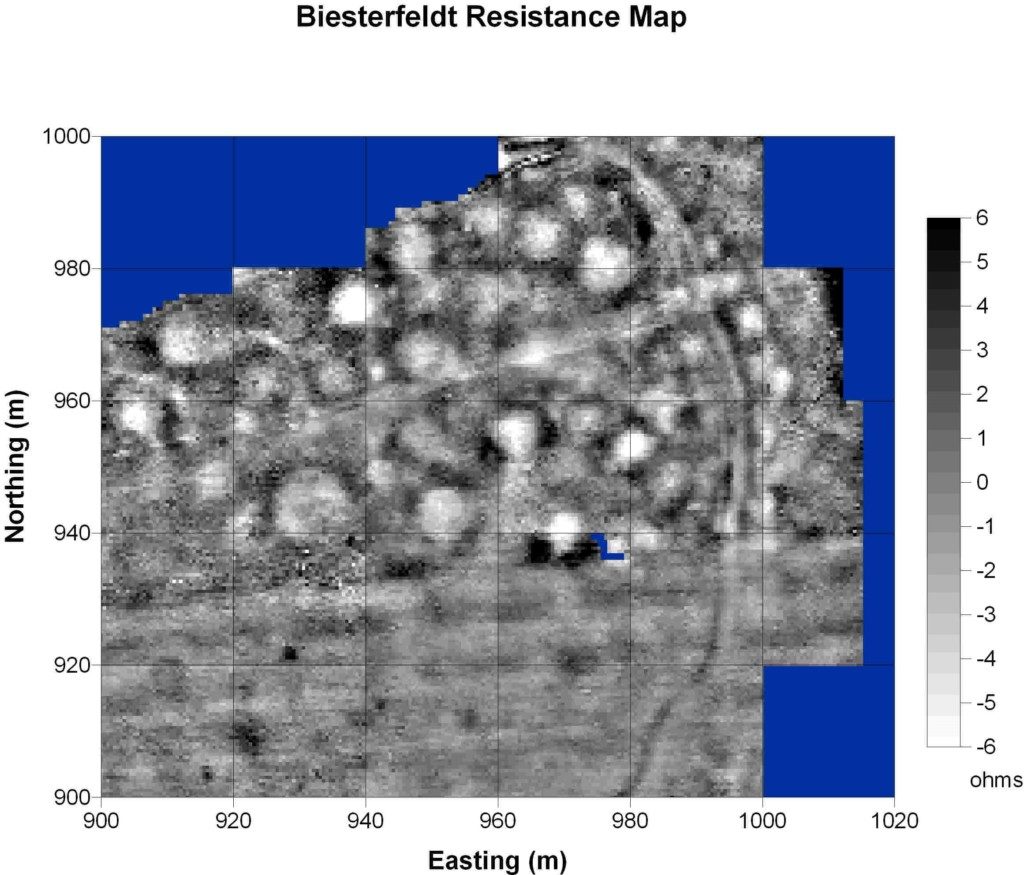
Resistance survey, Biesterfeldt site. The data have been despiked, edge-matched, and a high pass filter (X and Y radius = 10 with uniform weighting) has been applied.
The Archaeological Conservancy is the only national, nonprofit organization that identifies, acquires, and preserves the most significant archaeological sites in the United States. Since its beginning in 1980, the Conservancy has now preserved over 505 sites across the nation, ranging in age from the earliest habitation sites in North America to a 19th-century frontier army post. Learn about our amazing 500th Site. We are building a national system of archaeological preserves to ensure the survival of our irreplaceable cultural heritage. Learn More about The Archaeological Conservancy.
https://www.doi.gov/pressreleases/interior-department-announces-24-new-national-historic-landmarks , Contacts: Interior_Press@ios.doi.gov , Thomas Crosson thomas_crosson@nps.gov


